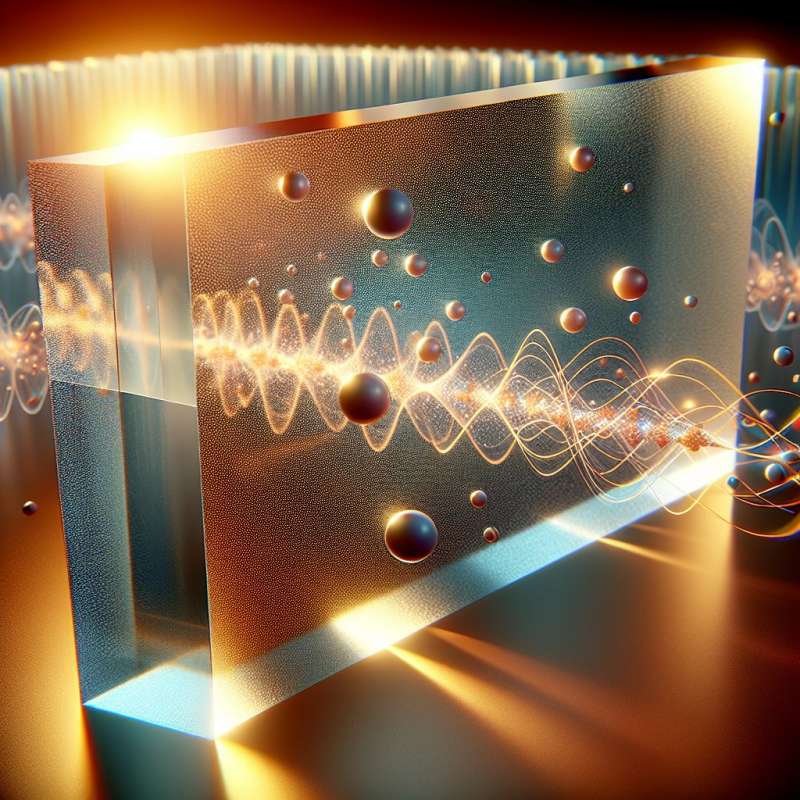
Quantum Mechanics Introduction
Quantum mechanics explores the universe's smallest particles. Unlike classical physics, it reveals probabilistic rather than deterministic laws, governing the subatomic realm's behavior.
Wave-Particle Duality
Particles like electrons exhibit wave-particle duality, behaving as both particles and waves. This was first shown in the double-slit experiment, challenging classical physics' understanding of nature.
Quantum Entanglement Phenomenon
Entangled particles remain connected, their states instantly influencing each other regardless of distance. Einstein called it 'spooky action at a distance,' defying classical notions of causality.
Uncertainty Principle
Heisenberg's Uncertainty Principle states that we cannot simultaneously know a particle's position and momentum with infinite precision. This inherent fuzziness is a fundamental limit of quantum systems.
Schrodinger's Cat Paradox
This thought experiment illustrates quantum superposition, where a cat in a sealed box is simultaneously alive and dead until observed. It questions the nature of quantum state collapse.
Quantum Tunneling Mystery
Particles can 'tunnel' through barriers, appearing on the other side without the energy to overcome the barrier classically. This phenomenon is crucial in nuclear fusion and modern electronics.
Quantum Computing Revolution
Quantum computers use qubits, existing in superposition, to perform multiple calculations simultaneously. This could vastly outperform classical computers in certain tasks, potentially revolutionizing technology.
What does quantum mechanics fundamentally reveal?
Classical deterministic laws
Probabilistic subatomic behavior
Macroscopic physical principles
Company